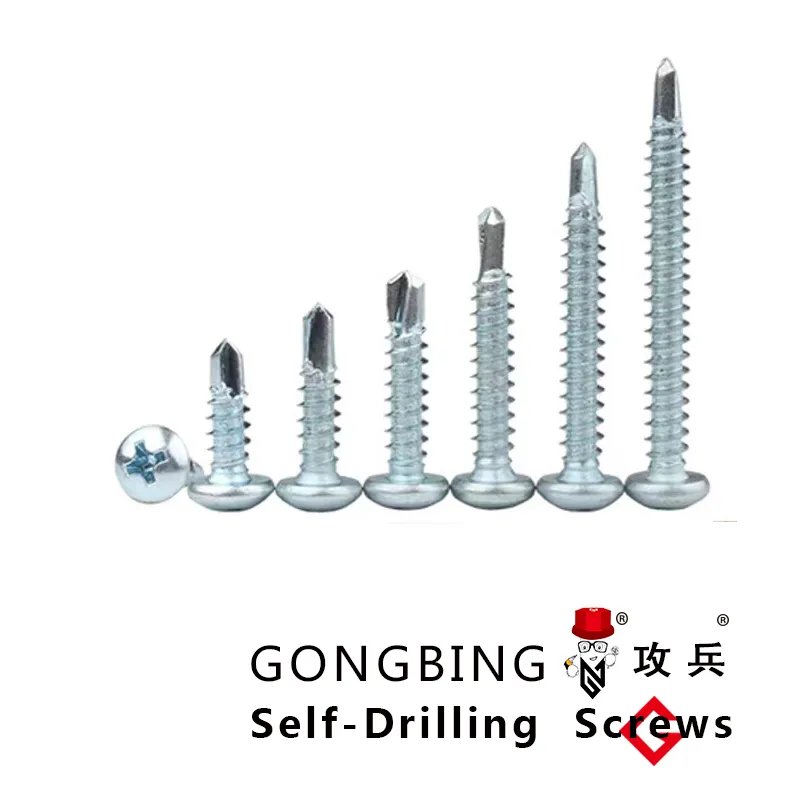steel building bracing
Understanding Steel Building Bracing A Crucial Element in Structural Engineering
In the realm of structural engineering, steel buildings are a popular choice due to their strength, adaptability, and cost-efficiency. However, one critical aspect that engineers must consider when designing steel structures is bracing. Bracing plays a vital role in ensuring the stability and integrity of a building, particularly in withstanding lateral forces such as wind and seismic activities. This article delves into the significance of bracing in steel buildings, exploring its types, functions, and advantages.
What is Bracing?
Bracing refers to the system of structural members that are used to stabilize a building frame. It is designed to provide resistance against lateral forces, which could lead to undesirable swaying or shifting of the structure. Essentially, bracing helps to maintain the shape of the building during adverse conditions, preventing failure or collapse.
Types of Bracing
There are several types of bracing systems commonly used in steel buildings. Among them, the most recognized are
1. X-Bracing This is characterized by diagonal members crossing each other in an ‘X’ formation. X-bracing effectively distributes the loads and maintains structural stability.
2. K-Bracing Similar to X-bracing, K-bracing utilizes diagonal members that connect to the vertical members in a ‘K’ shape. This type of bracing is beneficial in cases where space constraints may limit the use of traditional bracing systems.
3. Chevron Bracing Chevrons are arranged in a way that resembles the shape of a chevron. This system is advantageous for transferring lateral loads while allowing for more open space within the structure.
steel building bracing

4. Rigid Frame Bracing Instead of relying on diagonal braces, this system uses moment-resisting frames to stabilize the structure. This approach is particularly effective in high-rise buildings where minimizing lateral movement is critical.
The Importance of Bracing
The primary function of bracing is to provide structural stability. Lateral forces, such as those exerted by high winds or earthquakes, can overwhelm a building, leading to deformation or catastrophic failure. Bracing systems combat these forces by redistributing loads throughout the structure. Furthermore, effective bracing can enhance the overall performance of a building, ensuring that it meets regulatory codes and safety standards.
Advantages of Using Steel Bracing
1. Cost-Effective Steel bracing is generally less expensive than other forms of lateral load resistance. It requires fewer materials and less labor, contributing to overall cost savings in construction.
2. Quick Installation Steel bracing systems can be quickly fabricated and installed, reducing construction time and allowing for quicker project completions.
3. Versatility Steel bracing can be adapted to various types of structures, from low-rise buildings to soaring skyscrapers, making it a versatile choice for architects and engineers.
4. Aesthetic Flexibility With various designs available, bracing can enhance the architectural appeal of a building while maintaining essential structural integrity.
In conclusion, steel building bracing is a fundamental component in the realm of structural engineering. It not only provides essential stability against lateral forces but also contributes to the overall efficiency and safety of steel structures. By understanding the different types of bracing and their importance, engineers can design buildings that are not only aesthetically pleasing but also resilient and robust against environmental challenges.
-
Weatherproof Plastic Expansion Anchors for OutdoorNewsJun.06,2025
-
Sustainability in the Supply Chain: Eco-Friendly TEK Screws ProductionNewsJun.06,2025
-
Load-Bearing Capacity of External Insulation FixingsNewsJun.06,2025
-
Double Head Bolts: Enhancing Efficiency in Industrial MachineryNewsJun.06,2025
-
Corrosion Resistance in Chipboard Screws: Coatings for Wholesale DurabilityNewsJun.06,2025
-
Butterfly Toggle Bolts : Enhancing Structural ResilienceNewsJun.06,2025
